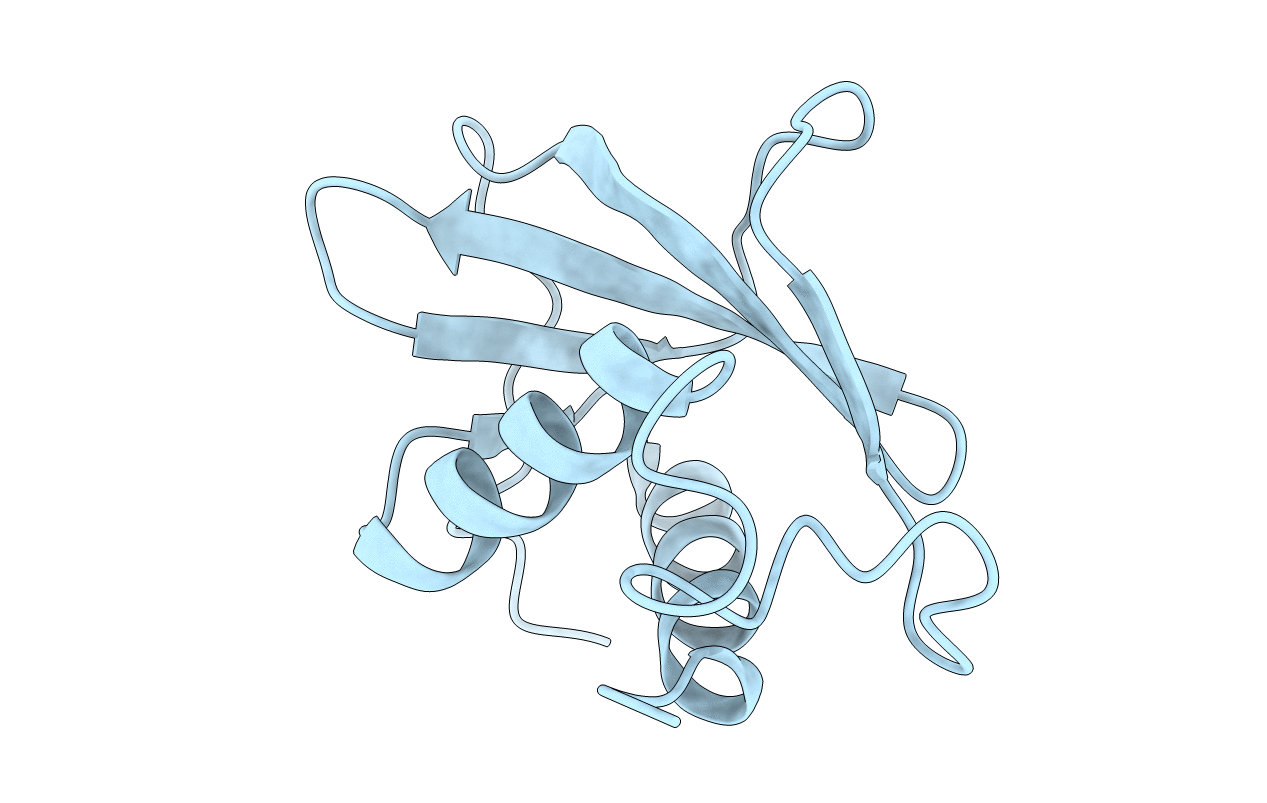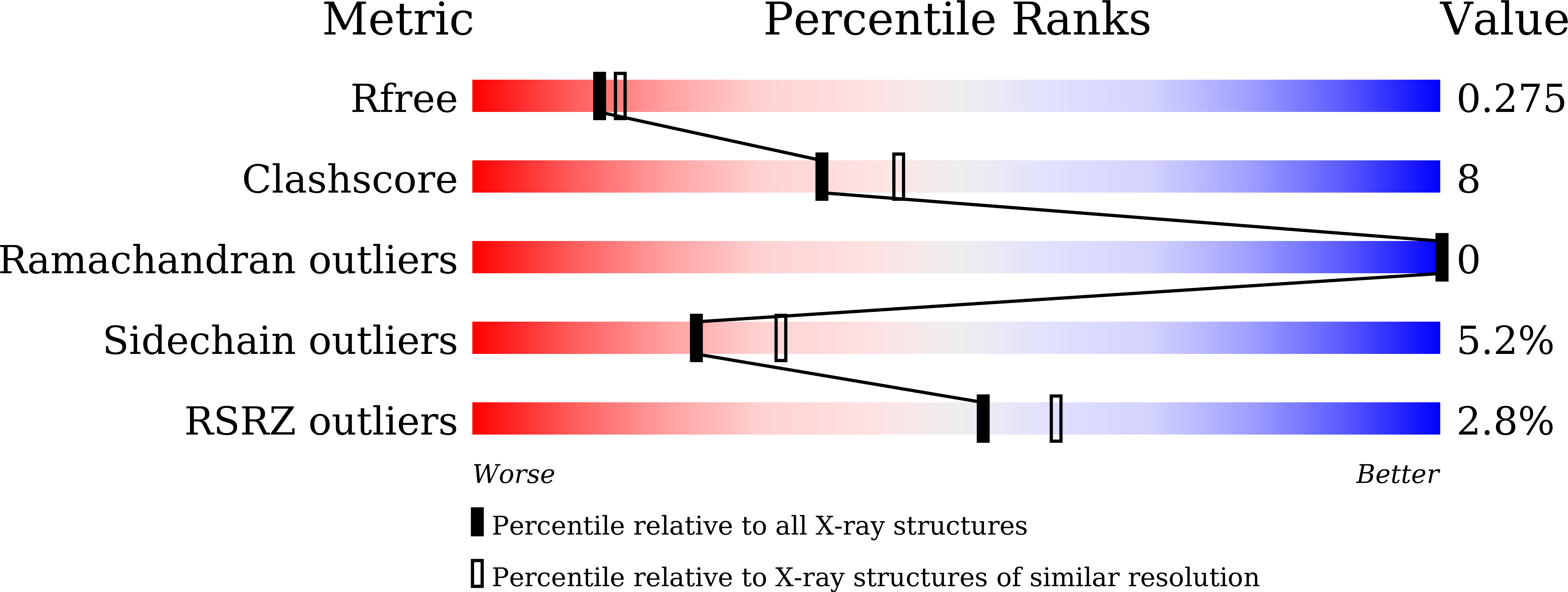
Deposition Date
2020-07-30
Release Date
2021-03-24
Last Version Date
2024-03-27
Entry Detail
PDB ID:
7CNB
Keywords:
Title:
Crystal structure of Gp16 C-terminal domain from Bacillus virus phi29
Biological Source:
Source Organism:
Bacillus phage phi29 (Taxon ID: 10756)
Host Organism:
Method Details:
Experimental Method:
Resolution:
2.32 Å
R-Value Free:
0.27
R-Value Work:
0.24
R-Value Observed:
0.24
Space Group:
P 41 2 2


